![图片[1]-Unlocking Precision and Efficiency: The Transformative Role of Drone-Based Aerial Surveys-msoen](https://www.msoen.com/wp-content/uploads/2025/04/0e151c96c1214759-768x1024.jpg)
The integration of drones into aerial surveying has revolutionized industries ranging from construction and agriculture to environmental monitoring and disaster response. By combining advanced imaging technologies, artificial intelligence (AI), and real-time data analytics, drone-based reconnaissance offers unparalleled accuracy, cost-effectiveness, and safety compared to traditional methods. This article explores the technological advancements, applications, challenges, and future prospects of drone aerial surveys.
Technological Advancements Driving Innovation
Modern drones are equipped with high-resolution cameras, multispectral sensors, LiDAR systems, and thermal imaging tools, enabling them to capture detailed geospatial data even in challenging environments. Key innovations include:
- Sensor Fusion: Integration of RGB cameras, hyperspectral sensors, and LiDAR allows drones to generate 3D models, detect material composition, and map terrain with millimeter precision.
- AI-Powered Analytics: Machine learning algorithms automate data processing, identifying patterns such as structural cracks, crop health anomalies, or illegal deforestation in real time.
- Extended Flight Times: Advances in battery technology and solar-powered systems now enable drones to operate for hours, covering vast areas without interruption.
For instance, LiDAR-equipped drones can penetrate dense foliage to map archaeological sites, while thermal sensors monitor infrastructure heat loss or wildfire hotspots.
Applications Across Industries
- Infrastructure Inspection
Drones are replacing manual inspections for bridges, power lines, and pipelines. They reduce human risk, cut costs by up to 70%, and deliver data faster. For example, a 2023 study by the American Society of Civil Engineers noted that drone surveys cut bridge inspection time from 48 hours to 4 hours while identifying micro-fractures invisible to the naked eye. - Environmental Monitoring
From tracking melting glaciers to mapping illegal mining activities, drones provide critical data for conservation efforts. In the Amazon rainforest, organizations use multispectral drones to calculate deforestation rates and prioritize reforestation zones. - Agriculture
Precision farming thrives on drone insights. Multispectral imaging identifies nutrient deficiencies, pest infestations, and water stress in crops, enabling farmers to optimize irrigation and fertilizer use. A 2022 UN report highlighted how Kenyan farmers using drone-guided agronomy increased yields by 35%. - Disaster Response
Post-earthquake or flood scenarios demand rapid situational awareness. Drones map affected areas, locate survivors, and assess damage, as seen during the 2023 Türkiye-Syria earthquake where drones facilitated 90% of search operations within 72 hours.
Challenges and Solutions
While transformative, drone surveys face hurdles:
- Regulatory Restrictions: Airspace limitations and licensing requirements vary globally. Solutions include geofencing software and collaboration with local aviation authorities.
- Data Overload: High-resolution datasets require robust storage and processing. Edge computing and cloud-based platforms now enable real-time analysis.
- Battery Limitations: Hydrogen fuel cells and swarming drone fleets (coordinated groups) are emerging to extend operational range.
- Cybersecurity Risks: Encrypted data transmission and blockchain-based data integrity checks mitigate breaches.
The Future of Aerial Surveys
The next decade will likely see:
- 5G Integration: Faster data transmission for live-streaming high-definition footage to control centers.
- Autonomous Swarms: Coordinated drone fleets executing large-scale mapping missions with minimal human input.
- Sustainability Focus: Solar-powered drones and biodegradable materials aligning with ESG goals.
Conclusion
Drone aerial surveys are redefining how industries approach data collection, offering a blend of speed, safety, and scalability. As technology evolves, their role will expand into urban planning, archaeology, and climate resilience. By addressing current challenges through innovation, drones will remain at the forefront of the digital transformation, proving that the sky is not the limit—it’s just the beginning.



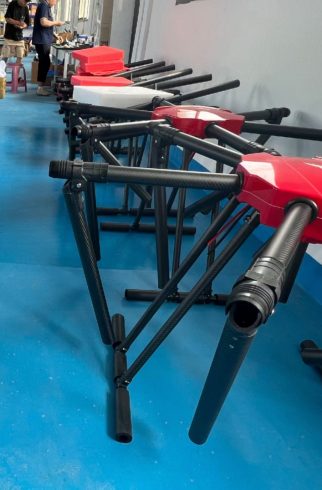
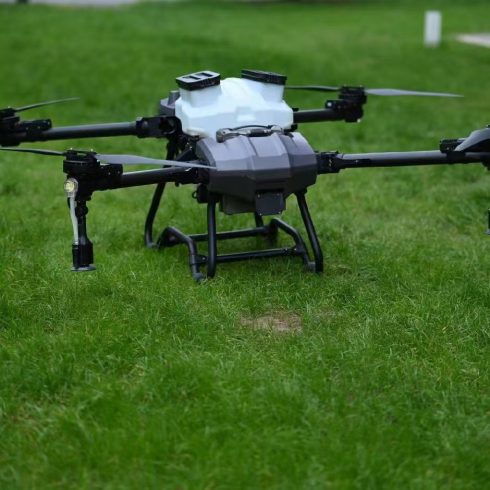

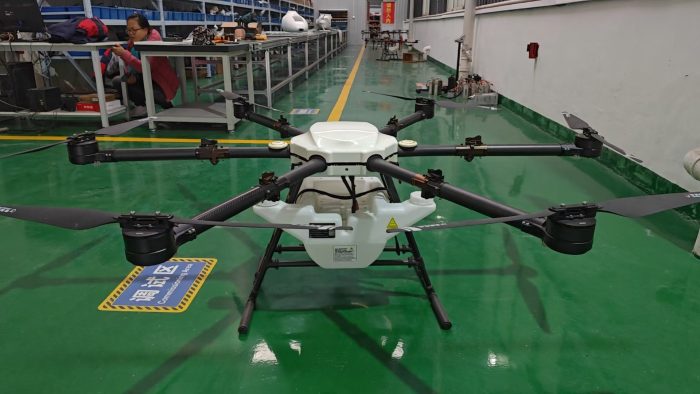
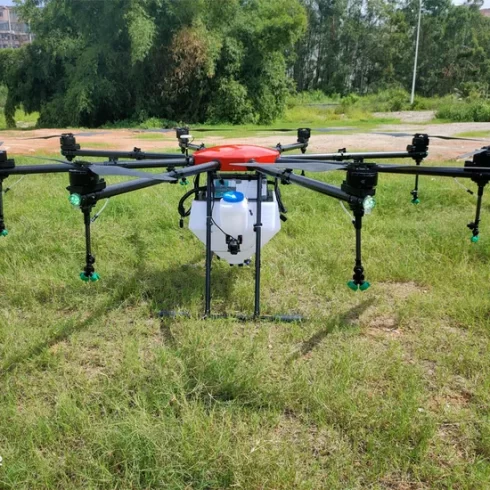
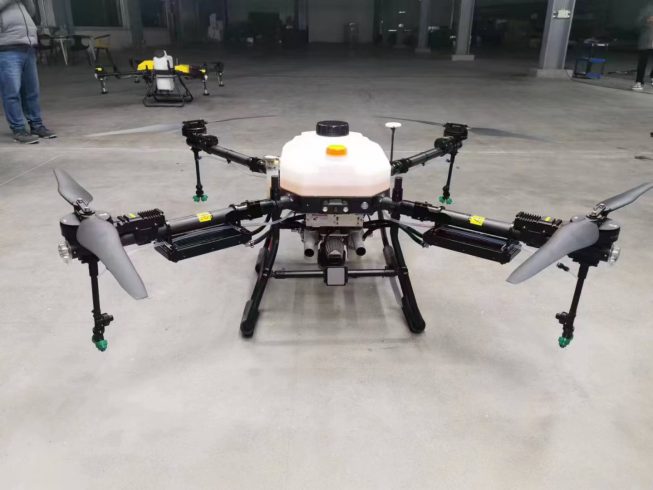
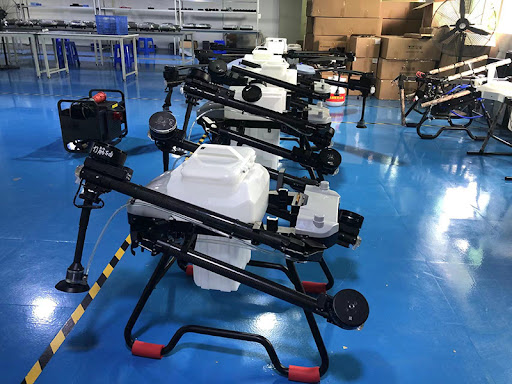

暂无评论内容